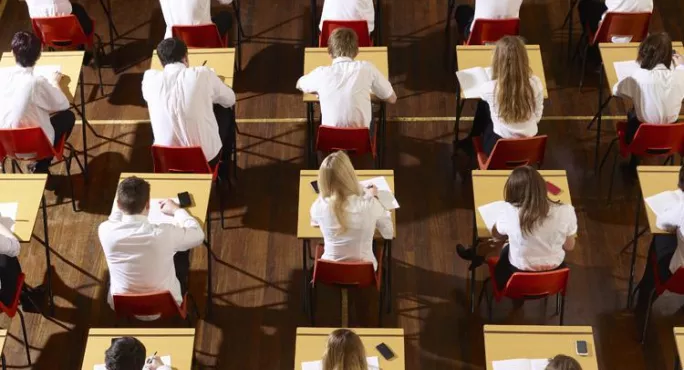Almost 350 secondary schools have fallen below the government’s floor standard, according to official statistics published today.
A total of 346 schools (11.6 per cent of state-funded mainstream schools) were below the floor standard in 2018, compared to 365 (12 per cent) in 2017.
And 257 schools (9.2 per cent of eligible schools) were deemed coasting. In 2017, 271 (9.6 per cent) of schools met the coasting definition, under the old definition.
The DfE statistics are not directly comparable with previous years as from 2018, the floor standard and coasting definitions do not apply to any UTCs, FE colleges with 14-16 provision or studio schools.
The definition of floor and coasting standards is the same in 2018 and in 2017, although the type of schools eligible has changed.
The statistical release states: “If we were to exclude these schools [that are not eligible in 2018] from the 2017 figures, there would have been 309 (10.4 per cent) schools below floor and 249 (8.9 per cent) schools who met the coasting definition.”
The government has said that this year, the floor and coasting standards will be calculated “solely for the Department for Education to identify schools that might benefit from support”. Where a school is below the floor or coasting standards, but is not judged “inadequate” by Ofsted, the regional schools commissioner will not issue an academy order or a warning notice.
The education secretary Damian Hinds has said he will consult on replacing the two categories with a single measure. This is due to be in place from September 2019.
A school is below the floor standard if its Progress 8 score is below -0.5, and the upper band of the 95 per cent confidence interval below zero.
It is below the coasting standard if in 2016, 2017 and 2018 the school’s Progress 8 score was below -0.25.
Floor and coasting standards are based on Progress 8 scores. A school’s Progress 8 score is calculated by looking at how the school’s students have performed across eight subjects at the end of key stage 4, compared to students nationally who had the same results at the end of key stage 2.
A Progress 8 score of zero means pupils do as well as the national average for pupils with similar scores at the end of Year 6.
The confidence interval helps show the statistical significance between different school scores. If the upper band of this confidence interval is below zero, it means that the school’s score is below average, and this is statistically significant.





